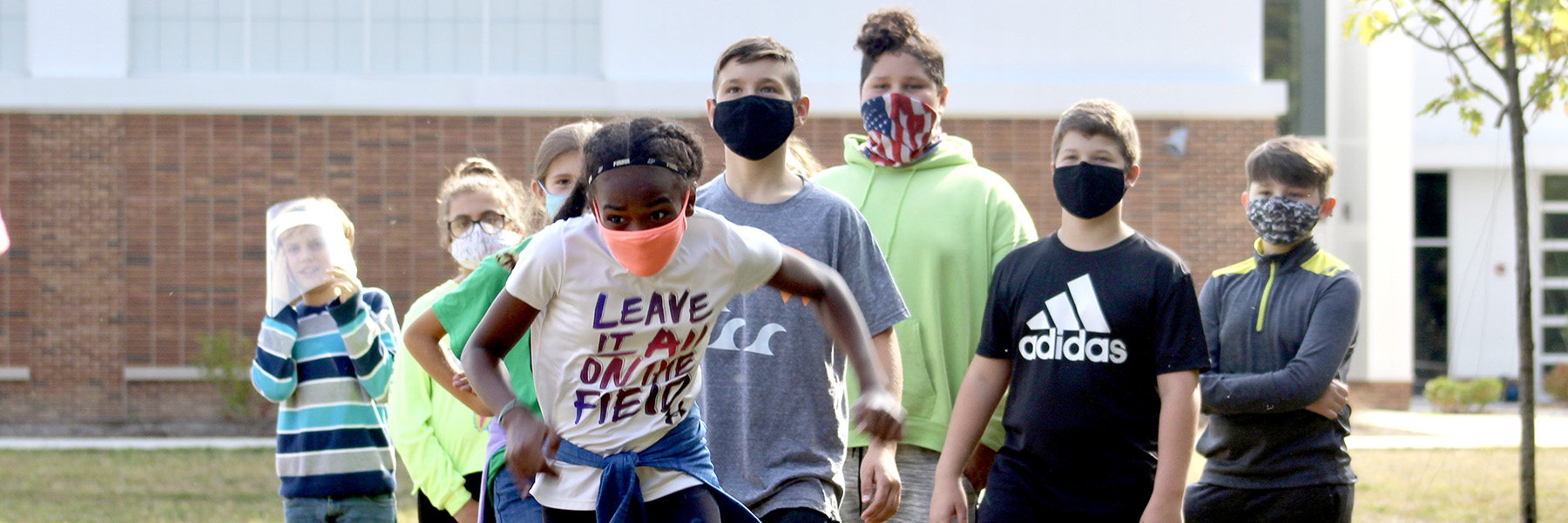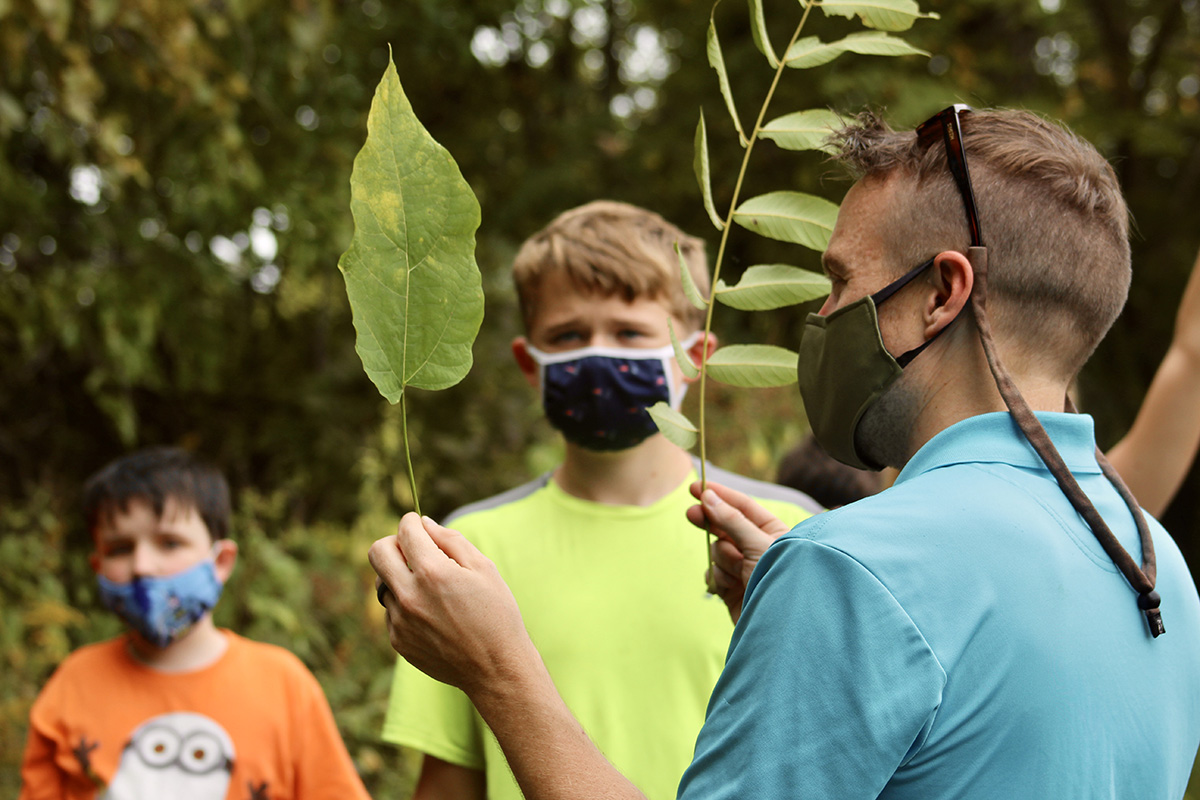AQUATIC LIFE: Students explore aquatic communities by using chemical tests and collecting samples of macroinvertebrates.
COMPASS: Students will become familiar with the parts of the orienteering compass and be given instruction in its use.
DIRT ON DIRT: Students learn about soil and its importance to the woods.
INITIATIVES: Teamwork is key to much of our success. Students are challenged with problem solving activities that require the cooperation of the entire group.
INSTINCTS FOR SURVIVAL: Students participate in an animal survival game. Students assume roles of herbivores, omnivores, and carnivores. How they play out these roles determines the outcome of the game. Students gain an understanding of food chains, food webs, and other factors relating to survival and adaptation.
OUTDOOR LIVING SKILLS: Good conservation practices are necessary for minimum impact camping. Students are introduced to the basic requirements for selection of a good campsite, basic equipment needs, fire building techniques, shelter building techniques, and leave-no-trace ethics.
TREES: Through examination of trees, both living and dead, students develop an understanding of the tree life cycle. Identification keys, close observation and sensory awareness activities aid in the student’s recognition of several trees common to Indiana.
WETLANDS: Learn about different types of wetlands, the important role of wetlands in the environment, as well as the plants and animals that make their home in wetland areas. Discover how Bradford Woods uses a wetland system to treat its waste water.
WILDFLOWERS (SEASONAL): This module emphasizes observation, identification, function, and appreciation of wildflowers.
WILDLIFE IN THE WOODS: Big, small, furry, and scaly: they come in all shapes and sizes! Students will increase their awareness of the natural environment as they observe animal homes and signs.
WINGS OF THE WOODS: What makes a bird a bird? Students are introduced to bird adaptations and bird identification as they investigate a variety of bird habitats. Students will identify common local birds by using field observation techniques and proper use of binoculars and field guides.
ATL ATL: Students can learn about and practice Native American spear throwing.
CONSERVATION PROJECT: Find an area that needs some help and work on a project to make the situation better. A typical project may involve building trail steps or installing water bars.
DREAM CATCHERS: Learn about the Native American craft and make your own.
FISHING: Location dependent; we can facilitate a fishing experience with our equipment.
FRIENDSHIP BRACELETS: Make a bracelet for a friend or for yourself.
NATIVE AMERICAN GAMES: Large group games based on learning skills and traditions of Native Americans.
SCAVENGER HUNT: Based on exploring and locating a variety of things found in nature.
NATIVE AMERICAN CRAFTS: Learn to make Native American crafts like God’s Eyes and Dream Catchers.
NATURE SKETCHING: Students take inspiration from the outdoors to observe and sketch their surroundings.
INSTINCTS: Educational module that can also be used as recreation.



